Every year, firefighters respond to thousands of chimney fires worldwide. However, the majority of these chimney fires are avoidable. These fires are often the result of stuck debris in the flue that has not been cleaned out. Chimney flues should be inspected and cleaned on a regular basis to help prevent chimney fires.
This article will teach you how to prevent chimney fires and different chimney fire safety strategies to implement in your home.

The primary cause of chimney fires is creosote. Creosote is a highly flammable substance that coats the chimney walls. It is dark brown in color and very difficult to see with the naked eye as it often blends in with the walls. Pending the temperature and amount of creosote inside the chimney flue, the creosote can catch fire. Once that first spark is thrown, and spreads up the flue, it’s very hard to control.
Chimney fires are dangerous because they can quickly spread to other parts of the house, putting those inside the home at risk. Not only that, but they can also cause extensive damage to the chimney itself and integrity of the home.
Call To Schedule (346) 803-2981

15 years of home ownership, I figured it was time to cover all my bases. Brushers sent their Austin crew
Our main point is to keep your chimney clean!
Here are some pointers to make your chimney safer:
To keep you and your loved ones safe from the dangers of a chimney fire, have your chimney swept on a regular basis and before the colder winter months arrive. Consider these general rules for chimney sweeping:
A rapidly spreading chimney fire can wreak havoc on walls, ceilings, attics, framing, and furniture. All of those repair and replacement costs can quickly add up. They can also put you and your family at risk, and you are most definitely not replaceable
The wise choice is clear: schedule routine inspections and cleanings for your chimney system with us today.


We offer trustworthy & reliable chimney sweep service to thousands of satisfied customers in Houston and surrounding areas.

We are top trained professionals with experience in chimney sweeping, repair, and maintenance.

Guaranteed cleaning and repairs.

You can trust and hire Brushers Chimneys as we offer top notch service quality at a very competitive rate.

Houston’s top-rated chimney cleaning company on Google with thousands of satisfied customers.
Hire us for Chimney Inspection, Sweep, and Repair in Houston, San Antonio,
Austin, Dallas, and surrounding neighborhoods. Call us today to see
if we service your area!

10103 Fondren Rd #375, Houston, TX 77096